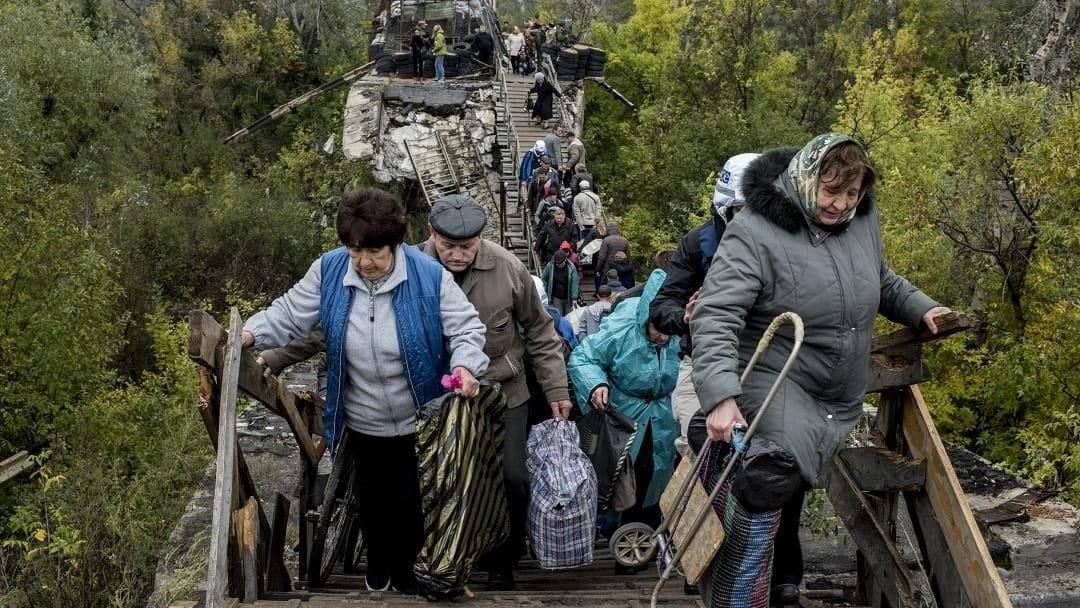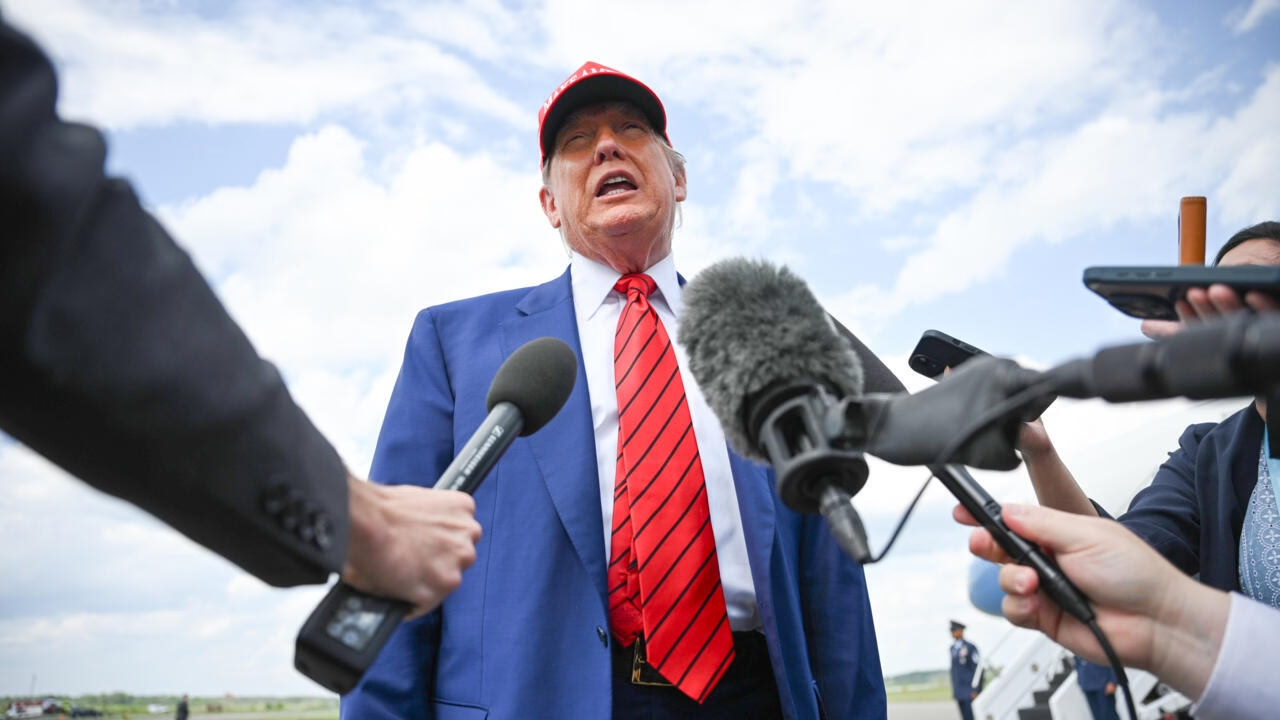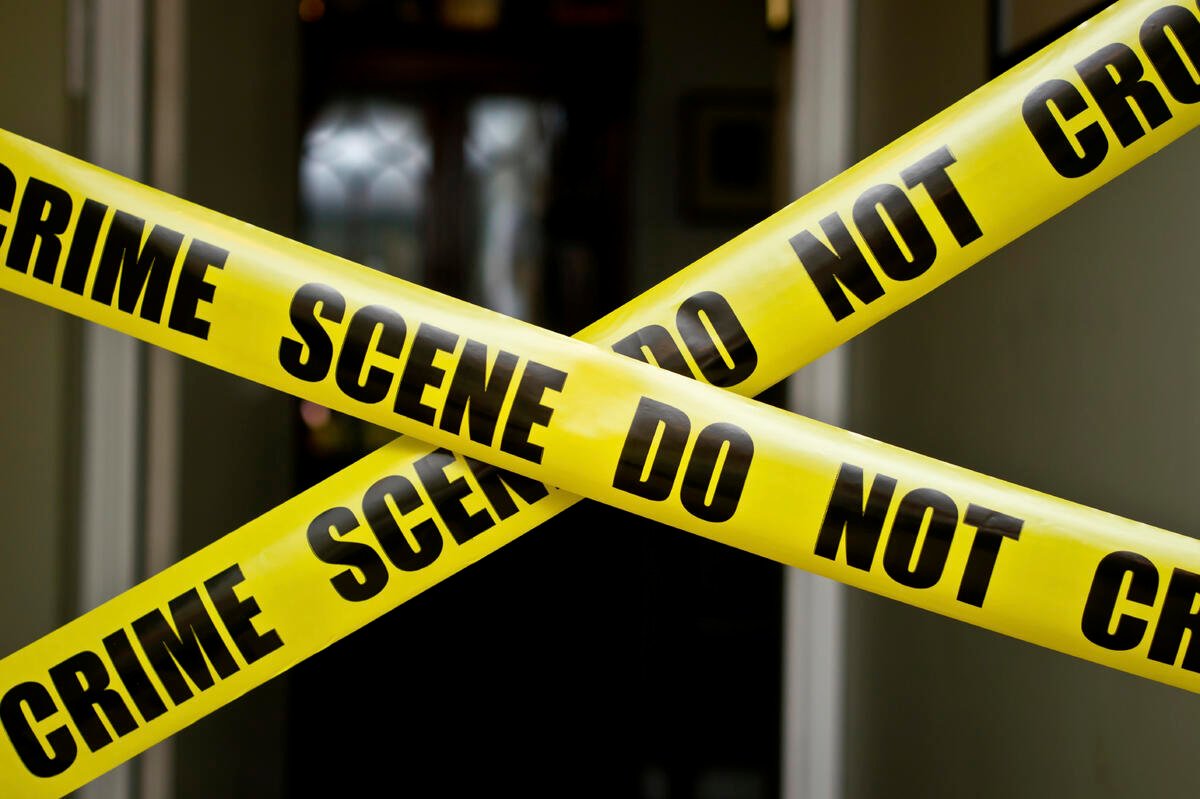The Charlie Kirk shooting has gripped the nation, not only because of the tragedy itself but also due to the wave of skepticism surrounding the official narrative. Utah Governor Spencer Cox announced the capture of suspect Tyler Robinson and suggested closure to a very dark chapter in American history. Yet, many observers and analysts believe key questions remain unanswered, and the lack of transparency has only deepened public suspicion.
Doubts About the Weapon in the Charlie Kirk Shooting
A central point of debate in the Charlie Kirk shooting is the alleged use of a Mauser 30-06 rifle. Investigators claim to have recovered the weapon in a wooded area near the scene, and text messages from Robinson reportedly referenced it as belonging to his grandfather.
However, firearms experts and online commentators argue the wounds sustained by Kirk do not align with the destructive power of a 30-06. Typically used for hunting large game like elk and moose, the rifle is known to cause extensive damage. Critics argue a direct shot would have left a devastating exit wound and significant blood spray—yet no such evidence has been released. The absence of photographic proof of Robinson holding or using the weapon further fuels doubts.
The Mystery of No Exit Wound
Closely tied to the weapon debate is the absence of an exit wound. Gun experts have pointed out that a 30-06 round should have passed cleanly through Kirk’s body. Even Turning Point USA spokesman Andrew Kolvet acknowledged that the surgeon treating Kirk said the bullet “absolutely should have gone through.” Describing the bullet being stopped by the body as “an absolute miracle,” Kolvet’s explanation has drawn ridicule online.
On X, the overwhelming majority of the 12,000 replies to his statement dismissed the claim as implausible. Popular firearms analyst Mike from the YouTube channel Mrgunsngear estimated the official version had “a 1 in 1,000 chance if at all.” Without a released autopsy or forensic report, the lack of clarity on this crucial detail continues to raise eyebrows.
Missing Forensic Evidence in the Charlie Kirk Shooting
Another gap in the narrative is the absence of key forensic evidence. There has been no public release of autopsy findings, no ballistics match linking the bullet to the Mauser, and no verified footage showing Robinson with the weapon. In fact, footage of Robinson fleeing the scene from the roof of the Losee Center shows him without any visible firearm.
For critics, these omissions undermine the government’s case. In high-profile shootings, transparency around forensic evidence is critical for building public trust. The lack of such details in the Charlie Kirk shooting only strengthens suspicions that authorities may be rushing to close the case.
Role of Social Media in Questioning the Official Story
Social media platforms like X and YouTube have become central to challenging the official version of the Charlie Kirk shooting. Videos analyzing the wound trajectory, bullet caliber, and supposed inconsistencies have gained hundreds of thousands of views. Conservative commentator Candace Owens has dedicated multiple episodes of her nightly podcast to dissecting the case, with millions of viewers tuning in.
This online scrutiny has created a parallel narrative, where independent analysts and influencers compete with mainstream reporting. According to recent Pew Research data, nearly 60% of Americans now say they regularly turn to social media for news updates, a trend that helps explain why alternative theories about the Charlie Kirk shooting have gained so much traction.
Public Distrust and Calls for Transparency
At the heart of the skepticism lies growing distrust in official institutions. Many Americans feel that the government and media often control narratives in politically sensitive cases. With no autopsy, no transparent forensic reports, and only limited statements from officials, the Charlie Kirk shooting appears to follow this pattern.
Critics argue that instead of providing closure, Governor Cox’s confident remarks prematurely implied guilt without presenting comprehensive evidence. This has amplified calls for independent investigations, full release of medical and forensic reports, and open access to surveillance footage.
The Charlie Kirk shooting remains shrouded in unanswered questions. From doubts about the alleged weapon to the absence of an exit wound and missing forensic evidence, these inconsistencies continue to fuel widespread skepticism. Social media has amplified the debate, creating intense public demand for transparency.
Until authorities address these issues with clear, verifiable evidence, the controversy surrounding the Charlie Kirk shooting is unlikely to fade. For many Americans, it is not just about one tragic event—it is about trust, accountability, and the demand for truth in moments of national importance.



